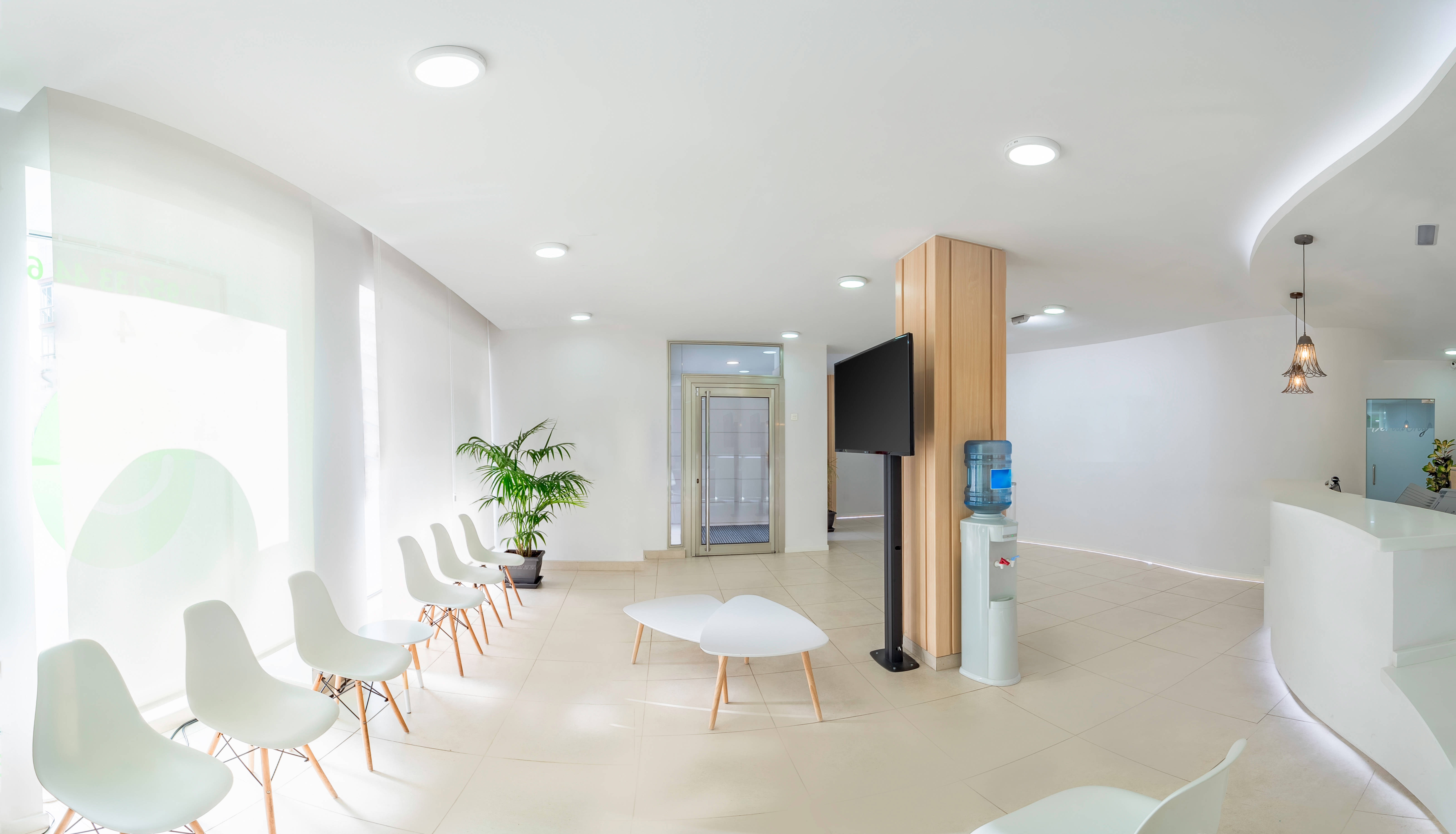Imagine the last time you went to the doctor. You likely rode up an elevator and sat in a lobby or waiting room, elbow-to-elbow with other patients. You probably filled out paperwork, either with a pen and paper or maybe a touch screen device. Unless you were sick, you probably didn’t wear a mask.

The next time you go to the doctor, the experience is likely to be quite different. As a result of COVID-19, how medical office space—and office space in general—is used is going to change.
As physical offices are beginning to reopen and elective procedures are allowed, we are starting to have a better understanding of what a doctor’s visit could look like in the future.
Instead of waiting in a crowded reception room, patients may be asked to remain in their cars as a means to physically distance until they are called via text or phone by the physician’s office. They may fill out and submit paperwork online leading up to their appointment, a day or two before. And check-in and check-out are also being completed by phone when possible, and perhaps in the exam room itself, when not possible before the visit.
While protocols will vary by building, most of our healthcare physician clients have started screening patients by phone in advance and asking them if they have had a fever, other symptoms, or have tested positive. Temperature checks may occur before a patient is admitted into the space.
The medical office and traditional office will align in several ways going forward.
The number of people allowed in an elevator at any one time will be limited, and buildings will probably need to provide separate ingress and egress, and perhaps create “one-way” traffic through common areas.
Because of the need for physical distancing to prevent infection spread, future office space design may entail larger rooms, hallways, and reception areas.
The need for additional sanitation and other infectious disease precautions may increase janitorial costs, which leads to the question of whether or not these services will be provided as building amenities or paid for by tenants through CAM charges.
Overall, the construction costs for new development and renovation may also increase, especially for mechanical, electrical, and plumbing systems if requirements for more sophisticated HVAC filtration systems emerge. Accordingly, because of the increased operating expense and construction cost, rents may increase, or yields will decrease.
The new normal will dramatically affect both the healthcare and commercial real estate industry. Our best recommendation is to make sure both landlords and tenants read their leases and understand what those documents say.
While they likely won’t include pandemic protocols, other clauses and provisions will likely apply, and resuming “normal business operations” or “patient visits” may require implementing some new protocols that will require that landlord and tenant collaborate to ensure patient, occupant and visitor safety.
Open communication between the parties to discuss what healthcare tenants plan to do to ensure patient safety (as well as that of other tenants) and to understand what measures the landlord is taking to assure occupant safety are vital to both parties and should help to ensure that the patients can receive care safely.
Chris Barnet is the executive director in Cushman & Wakefield’s Healthcare Advisory Group.





